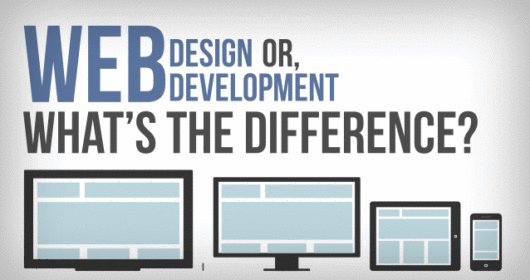Easy Design Tips for Creating Brochures for Your Business

Educating people about your business is a tough task. With the limited interest and time people have, it is difficult to engage them. Brochures are a way to let people know about what your business has to offer to them. But only if done right, will it be engaging, hence effective. You might have gotten hands on various kinds of brochures, ranging from travel brochures, product brochures, brochures related to properties and much more. A brochure is distributed to the masses by placing it a newspaper, door-to-door delivery or even though e-mail. A good brochure needs to be educative, informative and of course well-designed in order to keep the interest of the reader intact.
The following are some nifty and easy design tips for creating brochures for your business. Let’s explore the article below.
1. Know Your Basics – What? Who? Why? How?
Before you begin designing your brochure, you need to be clear about all the basics. You need to have the right answers for what the brochure will say, whom it will cater to, why it is being made, how you are going to create it. Brochure creation is half done right once you have the answers to these questions.
You need to draft exactly all the information that the brochure should hold. The information needs to be precise and relevant. Determining your target audience will help you with this. The design of your brochure will be dependent on the kind of audience that will be reading it. It will determine the style you choose, the color palette, the composition etc.
The purpose of the brochure can determine its structure, what goes first and what next. If your aim is to attract consumers to a product, you might want to highlight the offers or discounts you have on them. Also, setting a budget for brochure creation, will help you make choices easily, be it about the paper quality, print quality or anything as such.
2. Choosing the Type
Depending on your answers to the basic questions you might have to choose from the varied range of types of brochures as part of your next step in brochure creation. There are a ton of types or styles of brochures that you can choose from. There’s half-fold, tri-fold, Z fold, roll fold, accordion fold, single gate fold, double gate fold, parallel fold etc. Based on your content – the amount of information you need to pass on, the illustrations/images that your brochure needs to have, the kind of information you have etc., you could pick from the available types.
In case you have a lot of information, you might want to go with a brochure with more area to avoid cramping or stuffing or in case you have a tutorial or a step-by-step guide then you might want to go with fold type to keep the flow and not confuse the reader.
3. Structuring It Right
Start designing your brochure. Pick a sheet of paper and a pencil and begin placing all your elements. Decide the layout, the font of your text, the size of your text, the placement of headers etc. This might take quite a few attempts but improvise every time you start new.
Place the illustrations and images appropriately. Don’t overdo it or stuff it. Decide on a style that suits your aim the best. You could choose between having a lot of graphics or keep it simple and plain. You could choose a color palette with 3 or more colors or work with just two.
During the process of brochure creation, one thing to keep in mind is to try and make it different from the rest. This applies to most design-oriented projects.
4. Printing and Finishing
Brochure creation does not end with designing it. The printing and finishing of this design is an important aspect. It is important to find out about your printer’s quality of work and it’s a plus if he has worked on brochures before. Get a sample to check if the colors are right. Check the ink options available, price range, refund policy etc.
It is necessary to choose the paper for your brochure as well. Thicket sheets generally are sturdy and nicer. But keeping in mind factors like necessity and cost, determine the thickness of the sheet. Also the finishing, which could be glossy or matte.
Summing up and adding to the above tips, evaluating your design at every stage will give you a clear idea about what’s going wrong and what you want to surely incorporate. Keep in mind the target audience during the whole process of brochure creation to ace it. Avoid overdoing and keep it simple. Attaining simplicity is amongst the most difficult things in a design process.
Subscribe & Get E-Mail Updates Delivered
Our informative Design related articles featuring the latest Resources for Web Designers & the Web get delivered via email dialy. Thousands of readers have signed up already. Why don't you subscribe as well, and get articles delivered to your inbox?





Leave a Reply